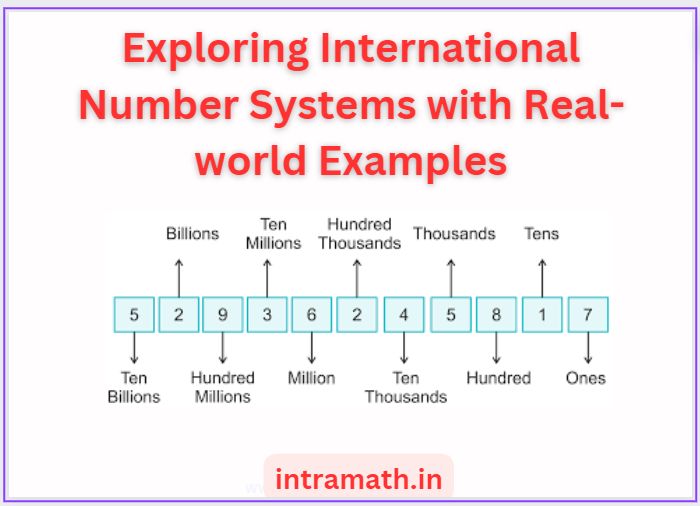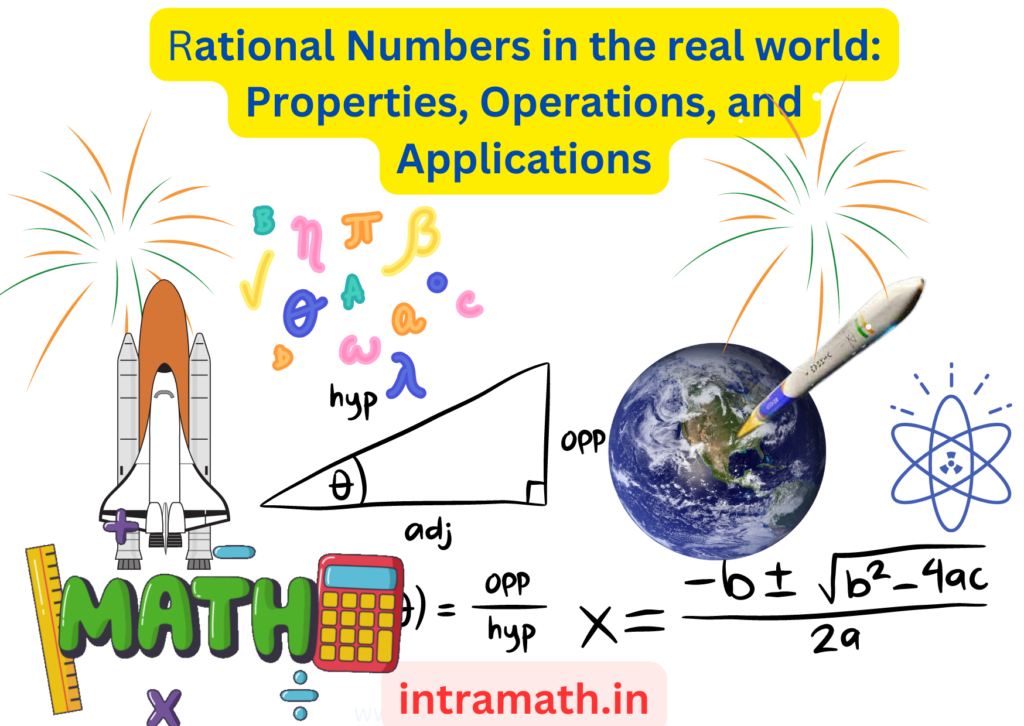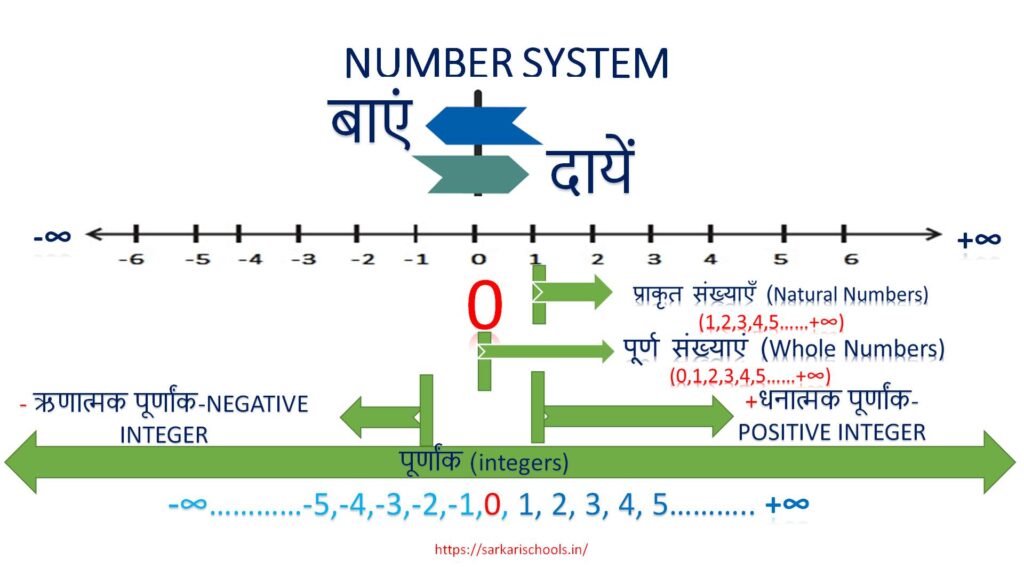Numerical Harmony: Exploring International Number Systems with Real-world Examples
Discover the significance of International Number Systems with Real-world Examples, including decimal, binary, octal, hexadecimal, and Roman numerals. Explore practical examples illustrating their applications in diverse fields, from daily arithmetic to computing and programming. Enhance your understanding of these numerical systems, real numbers and their real-world implications for a comprehensive view of mathematical principles. International […]
Numerical Harmony: Exploring International Number Systems with Real-world Examples Read More »





